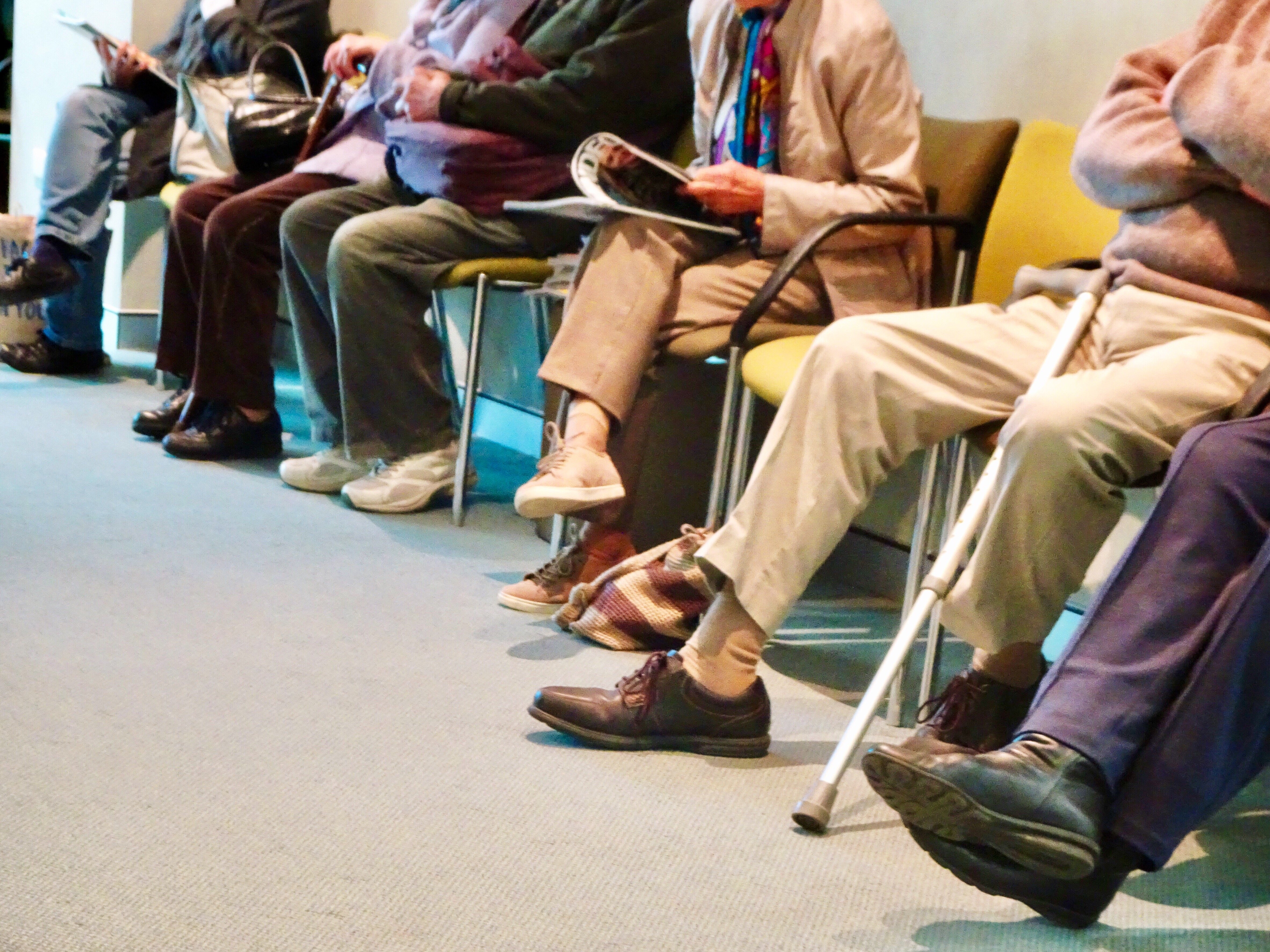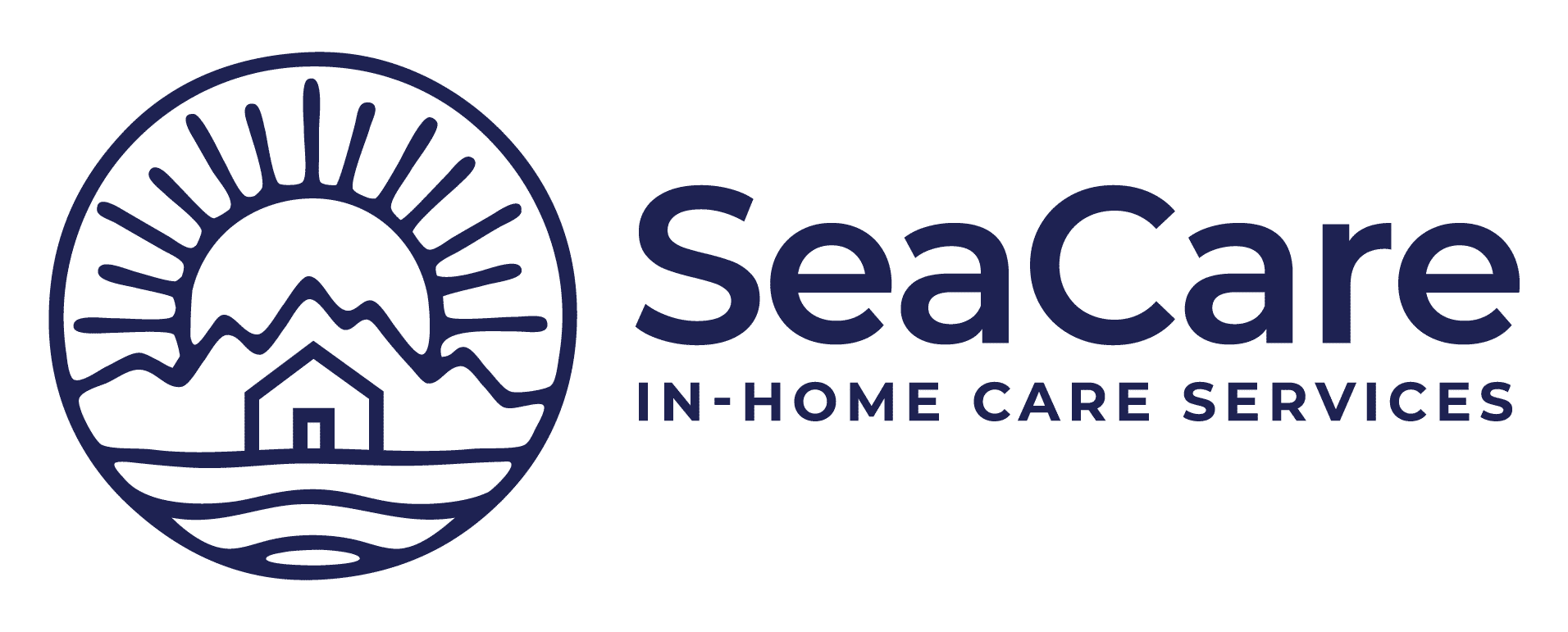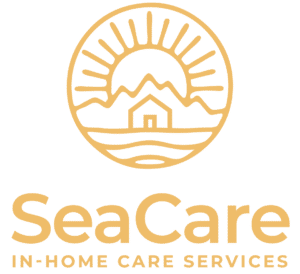How ageism negatively affects senior health
by Katie Wright | Aug 10, 2021 | seniors living independently, mental health and seniors | 0 Comments

“And it’s ageism, far more than the passage of time, that makes growing older far harder than it has to be.” Ashton Applewhite, author
What is ageism? It’s a combination of stereotypes, prejudice, and discrimination towards people because of their age. It happens to young people, but for this article we’ll focus on how it impacts seniors.
Most of us have been guilty of stereotyping old people at some point in our lives. Just think about birthday card displays. Or the birthday cake with scores of candles. This kind of humor is relatively harmless, but at the same time it makes age clichés socially acceptable.
When generalizations are socially acceptable, they’re part of a mainstream mindset. In the United States we see evidence of this mindset in the media, advertising, the job market, and health care. Ageist attitudes are commonplace. They’re often ignored and not as negatively viewed as are racism and sexism.
Stereotyping, or how we think, turns problematic when it becomes prejudice, or how we feel. When prejudice leads to discrimination against older adults, this action negatively affects their health and well-being.
This makes ageism a critical issue for our aging population and caregivers.
Our experience with COVID-19 has exposed ageism in our healthcare systems. While the pandemic has had tragic results for many aging people, it has also brought an important spotlight onto inequities for seniors. Longstanding issues with medical services have resulted in this age group being denied access to quality care.
It’s a move in the right direction, then, that the World Health Organization (WHO) declared ageism to be a global challenge and has instituted the United Nations Decade of Healthy Aging (2021-2030).
Let’s look at some ways that ageism negatively affects older adult health and ways to address the problem.
How does ageism undermine senior well-being?
Discrimination in any form undermines our sense of well-being. It can result in social isolation, loss of opportunity, and poor self-image.
Ageism, like any discrimination rooted in stereotypes and prejudice, makes incorrect assumptions about older adults. Old age is likely to be associated with memory loss, dependence, and helplessness. Older people are taken less seriously, considered less able than younger people, and unable to keep up.
One particularly cruel misconception about seniors is that they are a burden. Another is the assumption that they are cognitively impaired.
Ageism is the root cause of workplace discrimination against older workers.
Ageism can erode communication among generations.
When ageism leads to feelings of isolation, risky behaviors can result, for example, excessive alcohol use and unhealthy eating.
Small wonder, then, that ageism can foster depression, anxiety, and low self-esteem. Older adults may be ignored. Their concerns and questions may be more readily dismissed.
It’s a challenge to celebrate good health as we grow older if we’re relegated to the background.
Why does ageism matter in healthcare?
Advanced age in and of itself is regarded almost like a disease. In healthcare delivery, people over the age of 65 are frequently lumped together.
In reality, their health and lifestyle may be as different from one another as night and day – after all, there is potentially a 40-year age span for this group. Imagine classifying a 30-year-old with her 70-year-old neighbor when discussing healthcare.
When healthcare is delivered to older adults in a discriminatory fashion, the result is very expensive. This economic impact was uncovered by Yale University researchers who analyzed over 420 studies done in 45 different countries from 1970 to 2017. The focus was to determine how ageist practices impacted the delivery of healthcare for some 7 million older adults. Their report was published in early 2020 and outlined evidence that ageism had a harmful effect in 96% of the cases.
There are more than 56 million people over the age of 65 in the U.S. That number is expected to grow to over 82 million by 2040 — about 21.7% of the population. This growth goes by the unfortunate term “silver tsunami,” as if it’s a major disaster in the making. It needn’t be disastrous if we start paying attention to the damaging attitudes that exist today.
Ageism matters because for the increasing older adult population it results in poorer health and excess healthcare costs.
How are older adults treated by healthcare providers?
Geriatrician and author Louise Aronson says that some healthcare providers don’t fully understand the health issues of their older patients. They may make treatment assumptions considering age alone, not their patients’ functional health. In some cases, this can result in not offering comprehensive enough treatment because older patients’ disability is seen as unavoidable.
In others, Aronson writes, “Older patients often are cared for as if they were just like younger patients; drugs and treatments developed in studies of middle-aged adults are given to old patients irrespective of age, other medical conditions, incapacity, or life expectancy. Neither approach makes sense. One discriminates on the basis of age; the other denies the impact of age.”
The Yale study revealed that for older adults, there were structural problems in healthcare:
- poor access or denial of access to services;
- no inclusion in clinical trials, resulting in poor data about adverse drug reactions (which increase with advanced age); and
- delay or withholding of certain services because older patients are considered less apt to benefit from treatment.
Geriatrics as a specialty is less popular for medical professionals entering practice today for a number of reasons. Medicare is the primary payer for patients, and lower reimbursement rates make the field less financially attractive than other specialties. Patient health conditions are often more complex than the rest of the population. There has been a shortage of geriatricians for years, and there is a scarcity of faculty and trained leaders.
Healthcare providers not trained in geriatric medicine may not be familiar with how illness can present differently in older adults. As a result, some diagnoses may be delayed or missed altogether. For example, many serious infections in older patients do not include fever as a symptom. Common symptoms for older patients that are seen less frequently in their younger counterparts include dizziness, delirium, falls, and decreased appetite.
What can we do about ageism?
We can start by admitting we’re mistaken when we treat people differently solely on the basis of age. Ashton Applewhite makes a compelling point when she writes, “Gender used to be viewed as a rigid binary, male or female, but we now understand that it’s far more fluid. If gender can be conceived of in this way, why on earth not age, which is inherently, obviously, a continuum?”
Applewhite’s suggestion applies to society in general as well as healthcare settings.
Here are some practical social ways each of us, older and younger alike, can begin to change the trajectory of ageism.
Be aware of your language. Avoid making age part of the conversation, which can be challenging. Don’t describe someone as elderly — it’s not a term any older person would use about themselves. Be aware of elder-speak, which can be insulting. Examples are referring to someone as young lady when clearly they aren’t young, or using we instead of you, as in “how are we doing today?”
Assume ability, not disability. Start with a positive attitude. Assuming an older adult is fully capable is most often correct. Offer help if it turns out you were incorrect.
Spend time with people older than you. This is an eye-opening opportunity to pay attention and learn. If this is a new experience for you, practice talking with older people in the same way you talk with younger people.
Notice incorrect stereotypes in advertisements or the media. Images of older people blissfully enjoying their “golden years” may gloss over what’s realistic. My personal gripe is seeing products described as offering “anti-aging” benefits. There’s no such thing as anti-aging, except in an ageist context. Why not celebrate aging instead of fighting it?
Support diverse role models. This includes opting for products with advertising that isn’t strictly youth-centric. It’s challenging stereotypes when we see them. And it’s promoting inclusiveness — among our neighbors, in school settings, and in the workplace.
There are also ways healthcare systems can overcome ageist practices.
Train healthcare providers in all areas about clinical care for older adults. Underscore the difference in how some diseases show up in this group, and what symptoms can suggest more serious illness. Address provider biases and attend to unique cultural issues like distrust.
Eliminate barriers to healthcare access. This involves including caregivers and geriatric specialists in treatment plans, addressing physical barriers in clinic settings, and providing insurance assistance. The community health center model is an example of good accessibility.
Attend to medication issues like polypharmacy (use of 5 or more medications). This involves more consideration for possible adverse drug reactions, which are more common in older adults. It could also include closer collaboration with clinical pharmacists.
According to the WHO report, there must also be policy changes and laws enacted to promote healthy aging and reduce ageism. In Washington State, we can make ourselves heard as we advocate for the older adults in our lives and the people who care for them. Contact your elected representatives to let them know that ageism is a critical issue that impacts the health of our loved ones.
At SeaCare we promote a positive approach to care by looking beyond age and considering individual needs. Contact us to learn more.
Katie Wright writes about aging and senior wellness from Bellingham, WA. You can read more about her here.
References
https://www.ncbi.nlm.nih.gov/pmc/articles/PMC4470031/
https://www.nature.com/articles/s43587-020-00004-4
https://academic.oup.com/gerontologist/article/60/1/174/5166947
This Chair Rocks: A Manifesto Against Ageism – Ashton Applewhite (Celadon Books, 2016)
Elderhood: Redefining Aging, Transforming Medicine, Reimagining Life – Louise Aronson (Bloomsbury Publishing, 2019)
If you or a loved one you know are looking for additional support during this time and are interested in scheduling a free in-home assessment, please contact SeaCare In-Home Care Services today! A SeaCare family member is standing by. 425-559-4339.



0 Comments